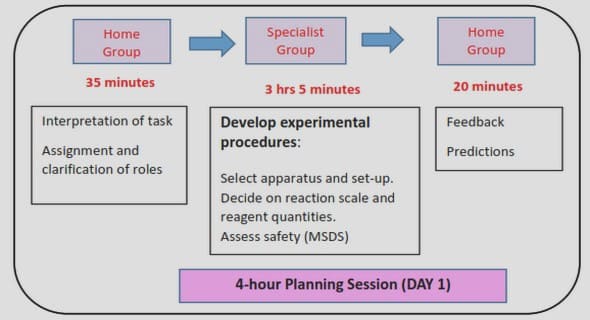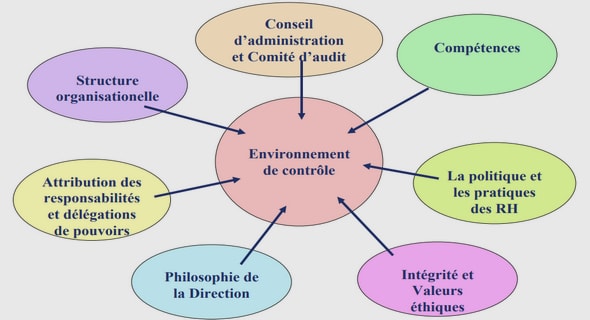Get Complete Project Material File(s) Now! »
COMMUNITY UNDERSTANDING OF HIV/AIDS AND ITS IMPACT ON THE COMMUNITY
The research data provided a clear account on the impact of the AIDS epidemic in Benoni. All (100%) of the respondents were directly or indirectly affected by the epidemic, as most reported having attended the funeral of a relative or friend within the past 24 months. Based on their personal experience of HIV and AIDS, respondents were aware of its devastating impact at household level and in the community. The community members shared moving stories about how the epidemic has taken away their beloved children, spouses, mothers and fathers. For the elderly, the situation was even worse as they were burying their own children, contrary to normal expectations. Furthermore the high number of OVC provides clear account of the impact of the epidemic on this community.
Non-disclosure by Parents
The majority (90%) of the respondents attested that their parents did not disclose any information regarding their HIV status and/or illnesses; as a result they (children) expressed a deep sense of regret that they were denied the opportunity to discuss their parents’ health before they passed away. They felt that such openness in communication would have enabled them to deal better with their parents’ illness and death and allowed them to heal. As a result of nondisclosure they have many unanswered questions about the deaths of their parents. This has ripple effects as they are not able to address issues such as inheritance, family genealogy and cultural rituals as many are migrant families from the Eastern Cape, KwaZulu-Natal and a few from Mozambique and Zimbabwe.
Economic Deprivation and Disrupted Schooling
OVCs’ are trapped in a vicious cycle of economic deprivation as they are not able to access the things (such as new clothes, warm winter clothes, computer games, eating lunch/supper out, transport to school, meat, access to DSTV) they would like to access, like other children. Children, especially adolescents, are brand-conscious, and OVCs’ have that same desire, since they observe that their peers wear brand name clothes, and also, as most peers do, want to do the same. Almost all the respondents spoke with longing of material things (chocolates, Christmas clothes and gifts, special brand toys , such as Spiderman for boys and Barbie for girls) that they had when their parent/s were still alive and which they now have to do without. Although these children have internalised the death of their parents, this could be an indication that their feelings of grief have not been dealt with directly. This could be because their parents did not disclose the nature of their illness.
Children Caring For an ill Parent With AIDS and Child-headed Households
It is unusual for young children to care for ill parents, but due to the impact of the AIDS pandemic at household level it has become a common practice for children to provide basic care, bearing in mind that they have the right to still be children, and grow up within a family context with parents teaching them the skills of life and protecting them. A large number (85%) of the children were providing basic care to their ill parents (Community leader). These children are vulnerable as their parents are not able to support them physically and emotionally. In other words, they cannot depend on their parents for support like in any normal family situation. This compromises their wellbeing as children.
Emotional, sexual and economic exploitation, stigmatisation and discrimination
Losing a parent is a huge emotional trauma, but some of the children suffered the additional ordeal of abuse whilst in the care of an extended family. This included taking their parents’ belongings without informing them, being forced to perform routine household duties which could easily be shared with other children in the household, scolding and shouting at them in front of other children for no valid reason, referring to them as ill-disciplined or discriminating against them when buying special gifts. 61 For instance, one respondent had this to say: “My relationship with my aunt is bad because she did not take good care of my father’s belongings including the money she got from my father’s employer”(Child, 13 years).
COMMUNITY RESILIENCE RELATED TO OVC AFFECTED BY HIV AND AIDS
The Benoni community has taken decisive steps to ameliorate the impact of the AIDS epidemic on OVC. This includes the establishment of the LCDA. The idea of establishing Lithanza came from a former primary school teacher who could no longer bear to see the pain and suffering of neglected children in her community. She mobilised the community to support her and established a community action committee to investigate the possibility of establishing a community-based organisation. The sole mandate of the organisation was to respond directly to the challenges experienced by OVC in Benoni. “Lots of kids had problems and nobody cared for them, they were labelled as naughty. When I spent time with them I noticed they came from broken families and were staying with grandparents and were angry at their father who has moved in with a new girlfriend after the death of the wife due to AIDS related illness”.
TABLE OF CONTENTS :
- DECLARATION
- ACKNOWLEDGEMENTS
- DEDICATION
- ABSTRACT
- KEY WORDS
- LIST OF ACRONYMS AND ABBREVIATIONS
- CHAPTER 1: ORIENTATION TO THE STUDY
- 1.1 INTRODUCTION AND BACKGROUND
- 1.1.1 Global perspective of the HIV and AIDS pandemic
- 1.1.2 The HIV and AIDS pandemic in selected regions
- 1.1.3 The HIV and AIDS pandemic in sub-Saharan Africa
- 1.1.4 South African overview
- 1.2 PURPOSE OF THE STUDY
- 1.3 OBJECTIVES OF THE STUDY
- 1.4 RESEARCH QUESTIONS
- 1.5 SIGNIFICANCE OF THE STUDY
- 1.6 STUDY ORIENTATION
- 1.7 PROBLEM STATEMENT
- 1.8 STUDY SITE
- 1.9 RESEARCH DESIGN AND METHODS OF THE STUDY
- 1.10 OPERATIONAL DEFINITIONS
- 1.11 OUTLINE OF THE STUDY
- 1.12 CONCLUSION
- CHAPTER 2: LITERATURE REVIEW AND THEORETICAL FRAMEWORK
- 2.1 INTRODUCTION
- 2.2 IMPACT OF HIV AND AIDS ON CHILDREN IN SELECTED REGIONS
- 2.3 IMPACT OF HIV AND AIDS ON ORPHANS AND VULNERABLE CHILDREN
- 2.4 CHALLENGES CONFRONTING ORPHANS AND VULNERABLE
- CHAPTER 3: RESEARCH METHODOLOGY
- 3.1 INTRODUCTION
- 3.2 RESEARCH DESIGN
- 3.3 SAMPLING TECHNIQUES
- 3.4 METHODS OF DATA COLLECTION
- 3.4.1 Face-to-face interviews
- 3.4.2 Focus group discussion
- 3.4.3 Documentation study
- 3.5 DATA ANALYSIS AND INTERPRETATION
- 3.6 DATA RELIABILITY AND VALIDITY
- 3.7 ETHICAL CONSIDERATIONS
- 3.7.1 Confidentiality
- 3.7.2 Informed consent
- 3.7.3 Provision of debriefing, counselling and additional information
- 3.8 CONCLUSION
- CHAPTER 4: PRESENTATION OF FINDINGS AND DISCUSSION
- 4.1 INTRODUCTION
- 4.2 DEMOGRAPHIC SUMMARY
- 4.3 COMMUNITY UNDERSTANDING OF HIV/AIDS AND ITS IMPACT ON THE COMMUNITY
- 4.4 CHALLENGES EXPERIENCED BY ORPHANS AND VULNERABLE CHILDREN IN BENONI
- 4.4.1 Non-disclosure by parents
- 4.4.2 Economic deprivation and disrupted schooling
- 4.4.3 Children caring for an ill parent with AIDS and child-headed households
- 4.4.4 Emotional, sexual and economic exploitation, stigmatisation and discrimination
- 4.5 COMMUNITY RESILIENCE RELATED TO OVC AFFECTED BY HIV AND AIDS
- 4.5.1 Key programmes
- 4.6 CONCLUSION
- CHAPTER: 5 CONCLUSIONS AND RECOMMENDATIONS
GET THE COMPLETE PROJECT
EXPLORING COMMUNITY RESILIENCE STRATEGIES ON CHALLENGES FACED BY ORPHANS AND VULNERABLE CHILDREN AFFECTED BY HIV AND AIDS IN EKURHULENI METROPOLITAN MUNICIPALITY, GAUTENG


